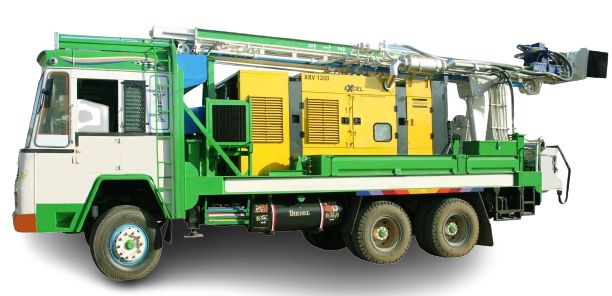In modern manufacturing, machining processes are essential to creating high-precision components. Two primary methods dominate this space: Computer Numerical Control (CNC) machining and manual machining. While both serve critical roles, they differ in automation, precision, and cost. Whether you’re prototyping a single part or scaling production to thousands, choosing the right method can greatly affect your results.
What Is CNC Machining?
CNC machining uses computer-controlled tools to remove material from a workpiece with exceptional accuracy. Programs written in G-code instruct machines like mills, lathes, or routers to make precise, repeatable movements across multiple axes.
Key Features of CNC Machining:
- Automation: Machines run unattended once programmed.
- Repeatability: Ensures consistent results in large batches.
- Multi-Axis Capability: Enables 3–5 axis cutting for complex shapes.
Pros of CNC Machining
High Precision & Consistency
- Achieve tolerances as tight as ±0.005 mm.
- Ideal for aerospace, medical, and automotive applications.
Complex Geometries
- Create parts with undercuts, deep cavities, or freeform curves.
- 5-axis machines enable machining in fewer setups.
Efficiency & Speed
- Fast setup and cycle times for mass production.
- Suitable for “lights-out” manufacturing with minimal oversight.
Reduced Labor Costs
- One technician can manage multiple machines.
- Less human error once the program is validated.
Cons of CNC Machining
High Initial Investment
- Machines range from $20,000 to over $250,000.
- CAM software and training add to startup costs.
Programming Time
- Complex parts require hours of G-code programming and testing.
Maintenance & Downtime
- Requires regular calibration and skilled technicians for upkeep.
Less Flexible for Quick Changes
- Design revisions need program updates and re-verification.
What Is Manual Machining?
Manual machining relies on skilled operators using hand-controlled machines like mills and lathes. The operator sets speeds, feeds, and tool paths in real time, based on experience and intuition.
Key Features of Manual Machining:
- Human Control: Operators adjust parameters on the fly.
- Simpler Machines: Typically 2–3 axis operation.
- Skill-Based: Heavily reliant on machinist knowledge.
Pros of Manual Machining
Lower Upfront Cost
- Manual mills and lathes cost a fraction of CNC machines.
- Little to no software needed.
Great for Prototyping & One-Offs
- Fast setup for basic parts.
- Easy to tweak dimensions during development.
Operator Flexibility
- Skilled machinists can adapt and troubleshoot quickly.
Builds Fundamental Skills
- Essential for machinists in training.
- Offers a tactile feel for materials and tooling.
Cons of Manual Machining
Limited Precision & Repeatability
- Typical tolerances are around ±0.05 mm.
- Variation increases with operator fatigue.
Slower Production Rates
- Each part must be handled individually.
- Not practical for large-scale production.
Labor-Intensive
- High time investment per part.
- Not cost-effective for repetitive tasks.
Geometric Limitations
- Cannot easily produce complex, multi-axis parts.
How to Choose the Right Method
| Factor | CNC Machining | Manual Machining |
|---|---|---|
| Quantity | Best for medium to large production runs | Ideal for prototypes and low-volume jobs |
| Complexity | Handles multi-axis, intricate parts | Best for simple, prismatic parts |
| Tolerances | Delivers ±0.005 mm or better | Acceptable for ±0.05 mm applications |
| Cost Structure | High initial cost, low per-unit cost | Low startup cost, high per-unit labor cost |
| Lead Time | Longer prep, faster runs | Quick to start, slower for multiple parts |
